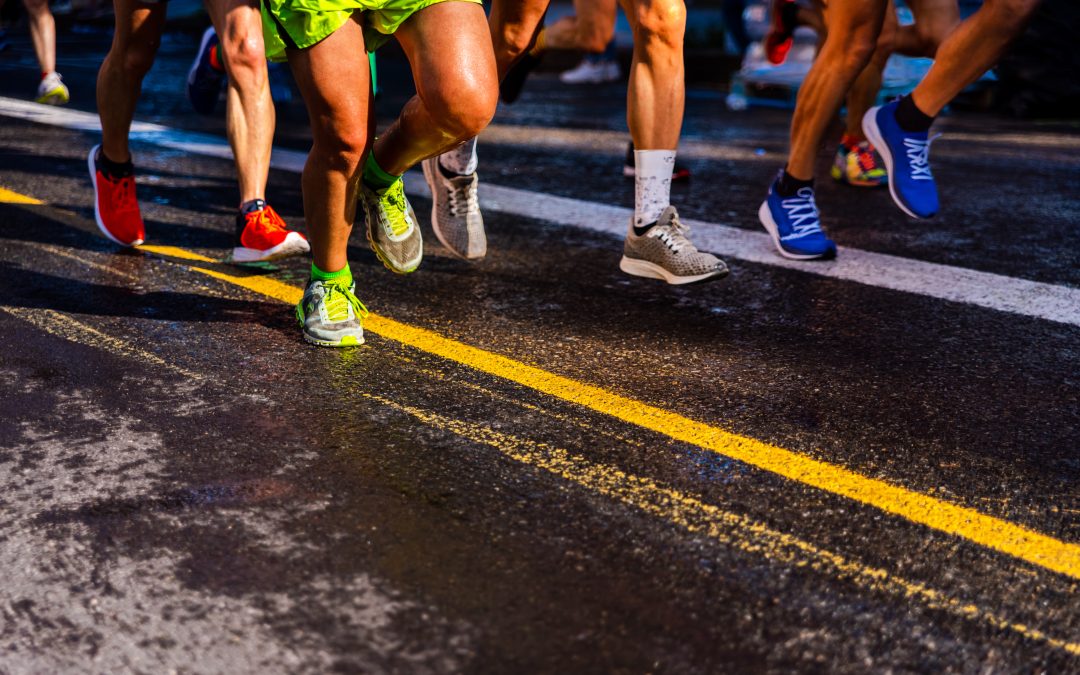The United Airlines NYC Half Marathon is one of the most popular and thrilling events in the running calendar, attracting athletes from all over the world. Running through the heart of New York City, it offers a unique experience for both seasoned marathoners and first-timers. If you’re gearing up for this event, you likely have plenty of questions. Here are the top 10 questions about navigating the United Airlines NYC Half Marathon, answered!
1. What is the Route of the United Airlines NYC Half Marathon?
The United Airlines NYC Half Marathon takes runners on a picturesque journey through New York City. Starting in Prospect Park in Brooklyn, the race winds its way through historic neighborhoods and iconic landmarks before crossing the East River via the Manhattan Bridge. The course continues through Manhattan, passing sights like Times Square and Central Park, before finishing near Central Park West. The route is designed to showcase the best of New York City, blending urban landscapes with scenic park views.
2. How Do I Register for the Race?
Registration for the NYC Half Marathon typically opens several months before the race date. Prospective participants can enter a lottery system, as demand often exceeds the available spots. Those who are not selected in the lottery might gain entry through charity programs or qualifying times from other races. It’s essential to keep an eye on the New York Road Runners (NYRR) website for registration dates and details.
3. What Are the Qualification Criteria?
While many entrants are selected via the lottery system, there are qualification criteria for guaranteed entry. Runners can qualify through their performance in other NYRR races or by meeting specific time standards in half marathons or marathons. Additionally, runners can secure entry by committing to fundraise for one of the race’s charity partners.
Also read: Navigating the NYC Half Marathon Journey Successfully
4. What Should I Expect on Race Day?
Race day is a blend of excitement, nerves, and logistics. Participants should plan to arrive early to navigate security checks and find their starting corrals. The weather in March can be unpredictable, so dressing in layers and having a plan for pre-race nutrition and hydration is crucial. The energy of the crowd and the camaraderie among runners add to the electrifying atmosphere.
5. How Can I Train for the Half Marathon?
Training for a half marathon typically involves a mix of long runs, speed work, strength training, and rest days. Most training plans span 12 to 16 weeks and gradually build up mileage and intensity. Joining a local running group or participating in NYRR training programs can provide structure and support. It’s also essential to listen to your body and incorporate proper nutrition and hydration into your routine.
6. What Are the Key Spectator Spots?
For friends and family looking to cheer on participants, the United Airlines NYC Half Marathon offers several prime viewing spots. Popular locations include the starting area in Prospect Park, the Manhattan Bridge, Times Square, and Central Park. Spectators should plan their travel routes, as road closures and crowd control measures can make navigation challenging on race day.
Also read: The Evolution of the NYC Half Marathon
7. What Amenities Are Available on the Course?
The race is well-supported with numerous amenities for runners. There are water and Gatorade stations approximately every mile, as well as medical tents and restrooms along the course. Mile markers and digital clocks help runners keep track of their pace and progress. Additionally, entertainment stations featuring music and cheer squads provide motivation and energy boosts throughout the race.
8. How Do I Manage Logistics on Race Day?
Managing logistics on race day involves careful planning. Participants should familiarize themselves with transportation options, as road closures can affect access to the start and finish lines. The NYC subway is a reliable choice, with additional trains running on race day. Bag check services are available, but it’s important to drop off your bag early and retrieve it promptly post-race to avoid congestion.
9. What Should I Eat Before and During the Race?
Nutrition plays a critical role in race performance. In the days leading up to the race, focus on carbohydrate-rich meals to fuel your body’s glycogen stores. On race morning, opt for a light breakfast that you’ve tested during training, such as a banana with peanut butter or a bagel with honey. During the race, take advantage of the water and fuel stations, and consider carrying energy gels or chews if you’ve used them during training.
10. How Do I Recover After the Half Marathon?
Post-race recovery is just as important as the race itself. Immediately after finishing, focus on rehydration and refueling with a mix of carbohydrates and protein. Gentle stretching and using a foam roller can help alleviate muscle tightness. It’s also beneficial to take a few days off from intense exercise, allowing your body to heal and recuperate. Gradually easing back into your regular training routine will help prevent injury and promote long-term fitness.
Also read: 5 Tips to Excel in the UA NYC Half Marathon
As you prepare for this unforgettable race, remember that each mile brings its challenges and triumphs. Embrace the highs and learn from the lows, knowing that every experience contributes to your growth as a runner. Stay informed, stay motivated, and most importantly, enjoy the ride.

